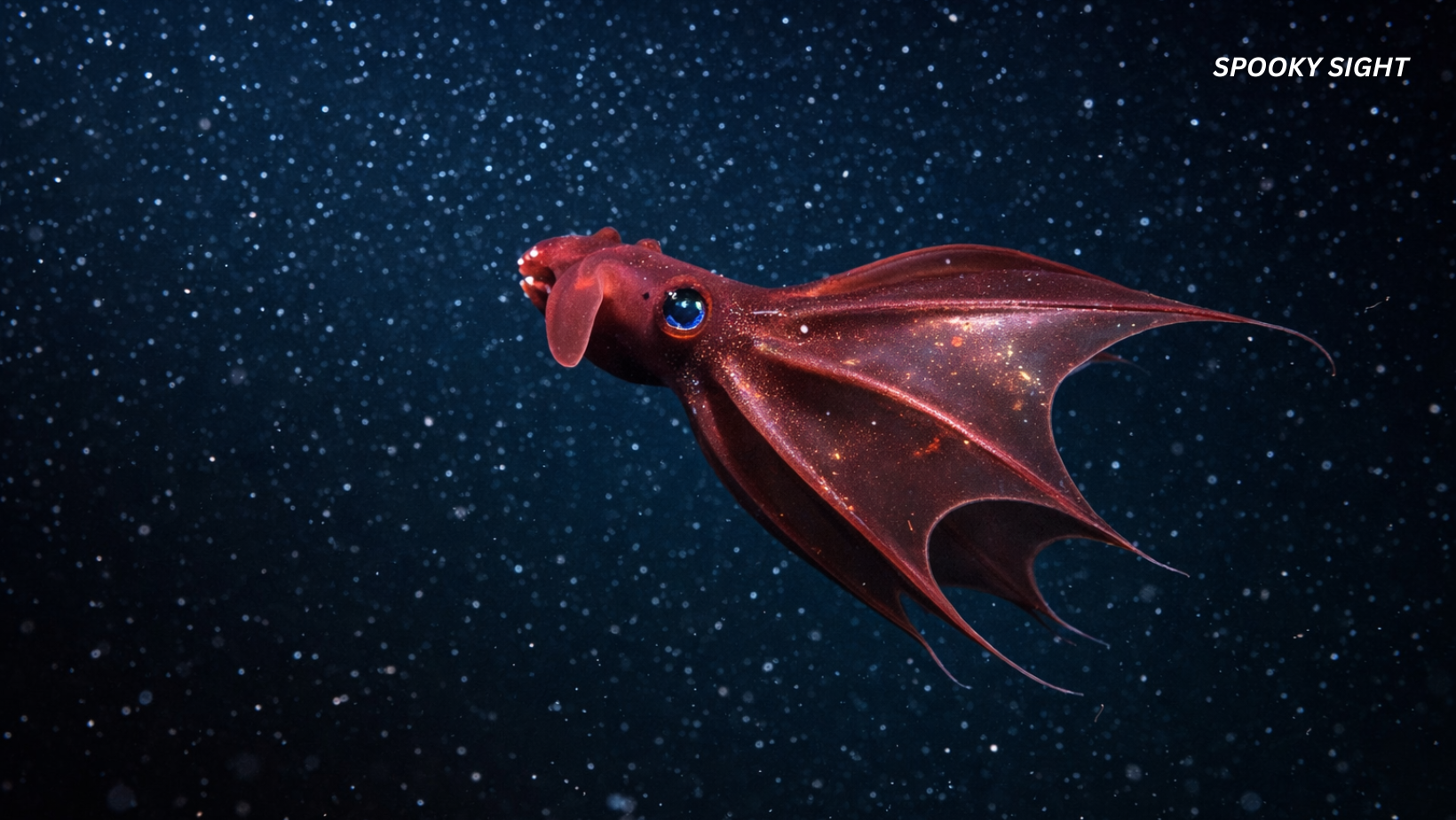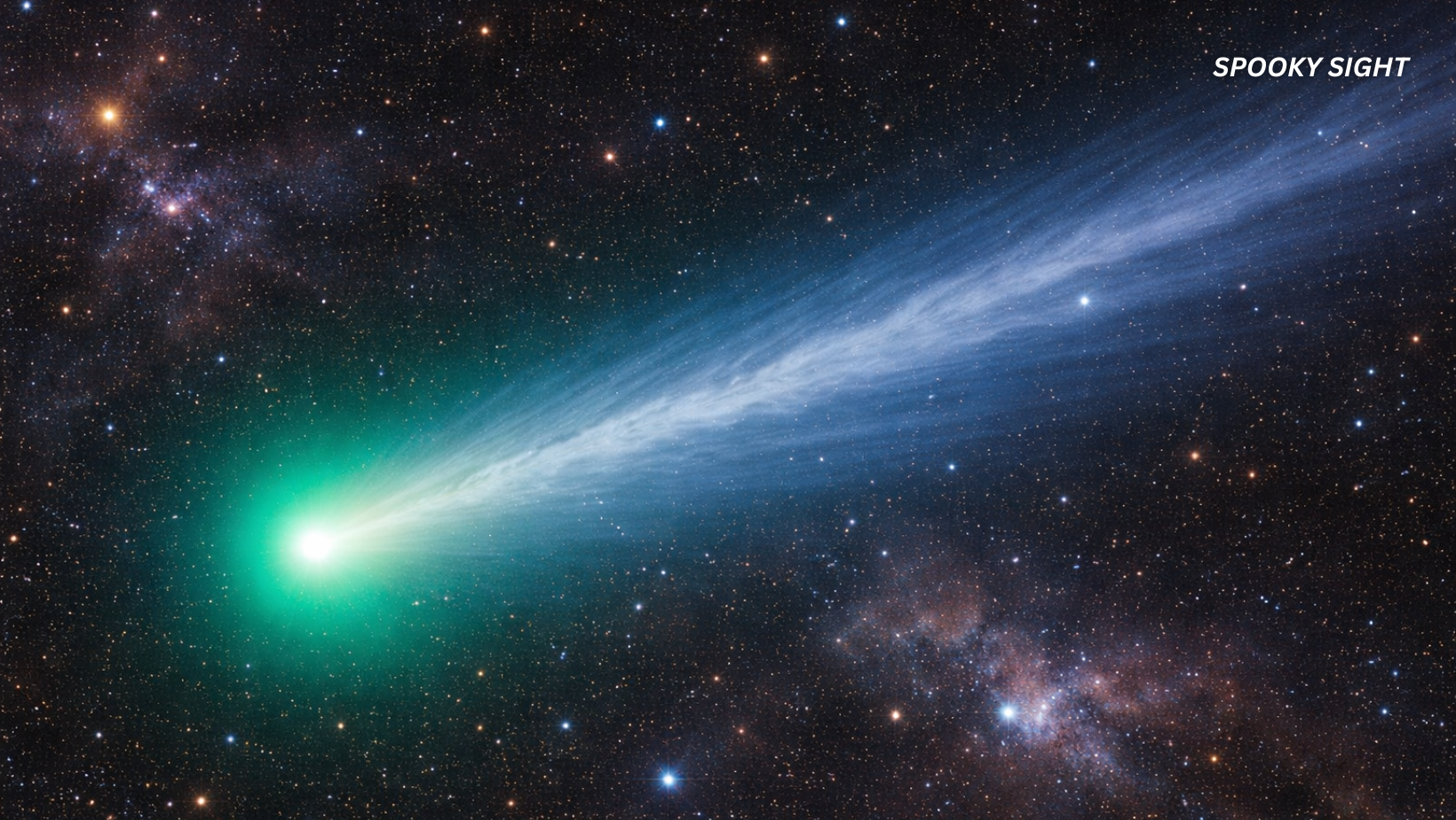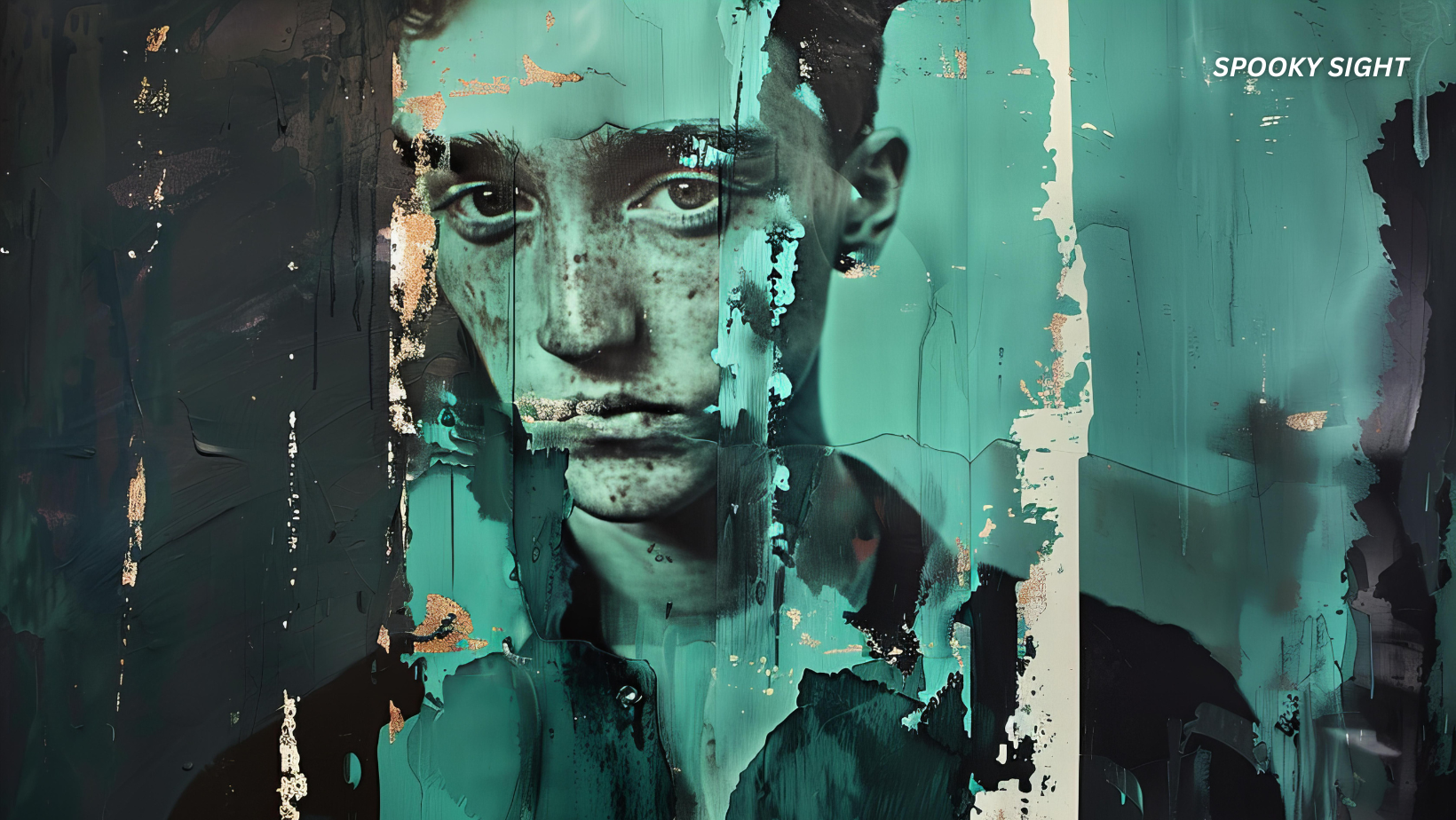Before the dawn of the era of giant dinosaurs or even the initial fish, Earth’s oceans had been filled with mysterious and otherworldly monsters which seem more adapted to science fiction than to natural history. These bizarre creatures, lacking recognizable heads, limbs, or eyes, floated through ancient ocean landscapes during an era called the Ediacaran Period, which lasted from around 635 to 541 million years ago. Today, a revolutionary scientific discovery indicates that these headless, bizarre sea creatures commonly known as prehistoric “sea monsters” are likely much more linked to human beings than ever thought.
Revealing a Shared Genetic Heritage
In a recent study in the journal Proceedings of the Royal Society B, scientists have found strong evidence that some of the long-extinct marine animals left behind crucial developmental genes that still function in contemporary animals, including humans. These genes, which serve as the master blueprinters of body development, are thought to have originated in some of the planet’s earliest multicellular organisms.
This groundbreaking discovery was spearheaded by Dr. Scott Evans, a postdoctoral researcher at Virginia Tech, who commented on the otherworldly nature of the creatures: “These animals are super weird, and they don’t look like what we expect animals should look like.” The research centered on four strange and extinct Ediacaran Period species Dickinsonia, Kimberella, Tribrachidium, and Ikaria. Remains of these ancient creatures were excavated from the distant reaches of the Australian Outback, providing a rare and detailed glimpse into a period when complicated life was just starting to take form.
Read more: Experts Studying ‘Alien Mummies’ Claim That The Bodies Are ‘100% Real’
A Closer Look at the Creatures of the Ediacaran Period
Although their apparently primitive morphologies, these four species show characteristics that place them among modern animal lineages, contradicting the traditional notion that early multicellular organisms were structurally simple.
Dickinsonia: Arguably the most iconic member of the group, Dickinsonia had a ribbed, oval body with a remarkable bilateral symmetry. Though its taxonomic status has long been in doubt, new evidence has hinted at it possibly being a simple animal with patterned development processes.
Kimberella: Tear drop in shape and probably having an early gut, Kimberella also exhibited signs of movement, meaning a more organized level of life. Its potential to move for food suggests having a nervous system or muscle tissue.
Tribrachidium: Unlike its relatives, Tribrachidium was stationary, having a pinwheel-shaped body that was distinct among ancient marine animals. Its unusual symmetry, though, indicated a controlled and ordered developmental pattern.
Ikaria: Found with the help of Dr. Evans himself, Ikaria was a tiny, worm-like animal. What made this animal particularly intriguing was its seemingly segmentation and bilateral symmetry—both of which were regarded as essential indicia of animal development.
The Power of Regulatory Genes
The real value of these results is in the genetic attributes deduced from the anatomy of these fossils. In the view of the scientists, bilateral symmetry and segmentation of the body in these creatures are indicative of early utilization of high-level regulatory genes. These genes act as the instruction center during embryonic development in contemporary animals and make essential decisions such as where the head, tail, and other organs will develop.
“Developmental biologists have discovered that anything with a front and a back, or a left and a right, is employing the same genetic components to define a front and a back or a left and a right,” Dr. Evans said. “We can make the argument that if these Ediacaran animals possess these same features, then they are likely regulated by the same genes.”
These genetic components commonly known as homeobox or Hox genes are crucial in the formation of body plans in animals, ranging from worms and insects to birds and humans. Their origins, as currently speculated, may trace back not only to ancient animals but more particularly to these Ediacaran creatures, revolutionizing how the origins of complex life are viewed.
The Architects of All Modern Life
The implications of these discoveries extend far beyond intellectual interest. By recognizing evidence of body structures that have been regulated in animals that lived more than half a billion years ago, scientists are essentially putting those ancient animals on the very foundations of the animal family tree. This means that they were not evolutionary afterthoughts but rather crucial stepping stones toward the modern diverse animal kingdom.
Co-author Dr. Mary Droser, a University of California professor, highlighted the wider importance of this research. “Our work is a way to place these animals on the tree of life, in a sense,” she said. “And demonstrate they’re genetically connected to living animals, and to us.”
It has now increasingly become clear that features like body segmentation, nervous system formation, and even the development of sensory organs might have originally appeared in these ancient species. These body structures would go on to determine the course of vertebrate evolution, mammalian evolution, and eventually, human evolution.
From Deep Oceans to Human Bodies
The notion that key elements of human biology were fashioned by life forms in the form of flattened discs or segmented worms from the distant history of our planet could be overwhelming. However, the research is a poetic reminder of how life is woven so profoundly across space and time.
Features now that control the way a human embryo develops a symmetrically aligned spine, brain forming at the “head” end, arms and organs shaping up in just the right spots could all be inherited legacy from creatures with no more facial features than perhaps a pair of nostrils. These animals, once floating about in the black oceans of ancient Earth, now seem to have left behind a legacy encoded within our own DNA.
In fact, as Dr. Evans mused, “The fact that we can say these genes were operating in something extinct for half a billion years is fascinating to me.” It reflects a stunning continuity of life and points to the unbroken thread that connects all animals ancient and modern into one evolutionary tapestry.
Rewriting the History of Evolution
For many years, the origins of complicated life have been followed through fossil records, comparative anatomy, and molecular biology. But with every new finding, the knowledge about the ancestry of life keeps changing. The recognition of genetic patterns in Ediacaran organisms is a turning point in interpreting early evolutionary milestones.
Instead of seeing these ancient creatures as simple curiosities or evolutionary tests, they are now being seen as the creators of complexity—the first to use the genetic plans that would mold everything from butterflies to whales, and ultimately, human creatures.
Read more: Scientists Find Lost Species Of Large-Headed People Who Lived In Asia
Echoes of the Ediacaran Within Us
The next time a reflection appears in the mirror, it will be worth considering the peaceful but monumental legacy being borne. The symmetry of a face, the straightness of a spine, the design of internal organs all might be considered reverberations of remote life forms that long ago slid through prehistoric ocean floors.
Despite the millions of years that stand between contemporary humankind and the Ediacaran animals, the genetic link that binds them has never been severed. Bored beneath the multiple layers of evolutionary change and species divergence is a common biological substratum created by animals so strange in appearance, yet so deeply connected in genetic substance.
Ultimately, the history of human life perhaps did not start with apes or fish, but with enigmatic, headless sea creatures that swam through a world untouched by sunbeams a haunting and humbling reminder that our past endures within us.
Featured image: Freepik.









